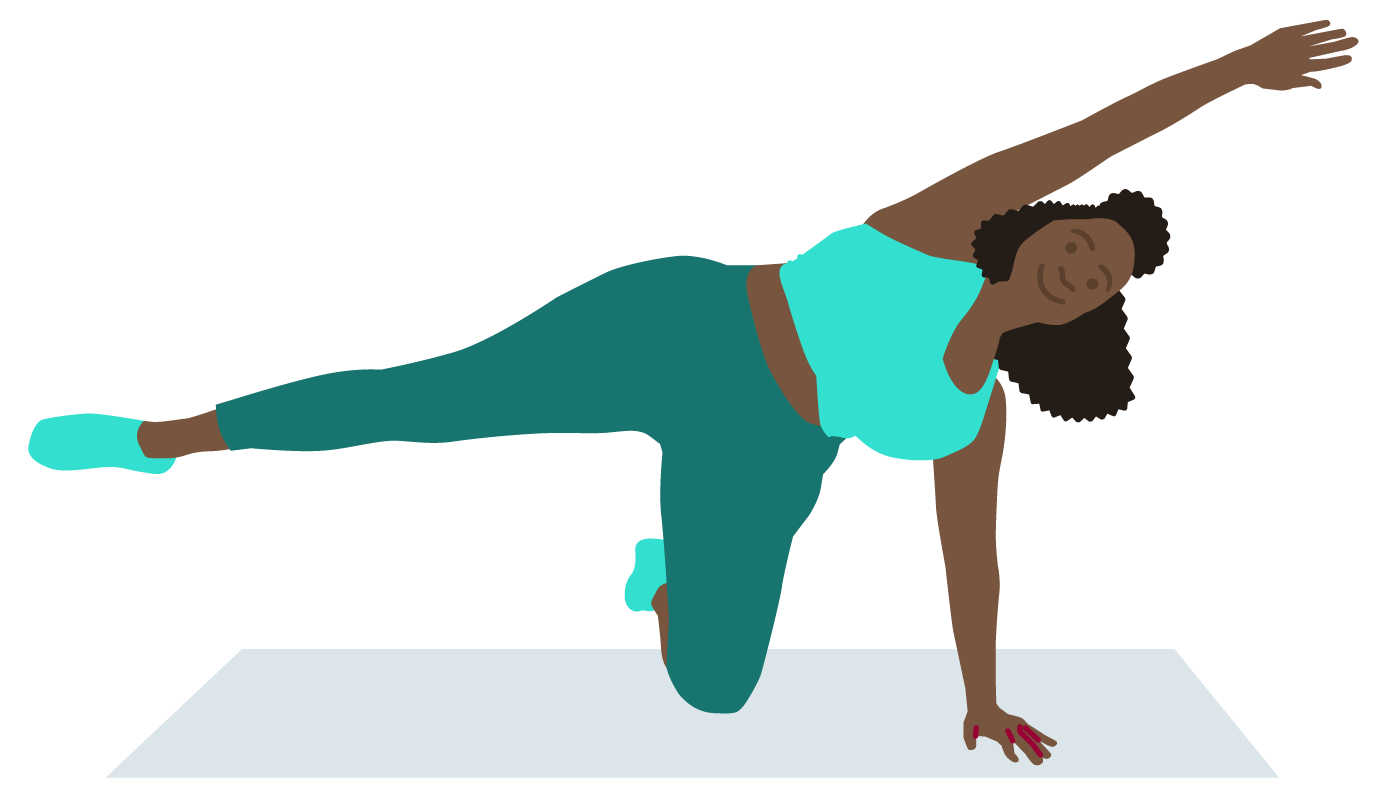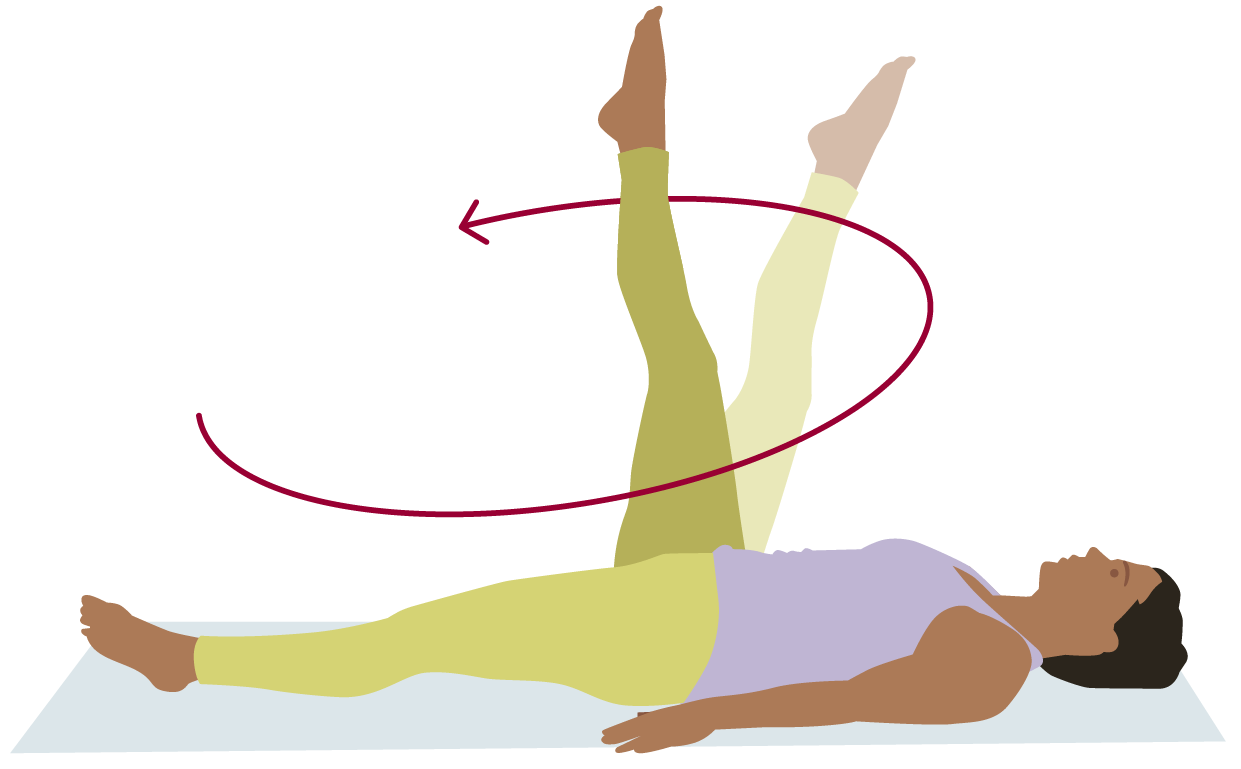The Six Principals of Pilates
Better balance. Better Core Strength, better Posture. Better breathing.
Pilates is a full body system of exercises designed to address and correct physical imbalances in the body. The repertoire is true to the original exercises designed by Joseph Pilates in his New York studio in the 1920’s and is founded on six key principles which continue to influence the way the exercises are taught.

Concentration
is vital to ensure correct movement. In time, conscious concentration becomes subconscious and when this happens, movements become more fluid and you will notice positive changes in your posture and strength.

Flow
happens when the body parts are moving evenly and smoothly.

Control
is the concept that your mind is controlling the muscular movements of the body.



Breathing
is indisputably the key to life. In Pilates correct breathing will improve the way an exercise is performed.

Centering
means drawing on your own physical and mental focus to connect to the ‘core’ or ‘powerhouse’ during exercise

Precision
is the conscious awareness of being precise in each movement.
What Pilates is not
Pilates is not yoga. They are fundamentally different forms of exercise but have become mistakenly synonymous. Pilates classes are small; they need to be because the movements are precise and targeting specific muscle groups, so the teacher need to be attentive at all times. Like yoga, Pilates aims to improve flexibility but in Pilates we work in a much smaller range of movement; taking two of the key Pilates principles, Flow is important but not at the expense of Centering. Pilates doesn’t have a spiritual basis; instead there is a quiet focus on breathing.
